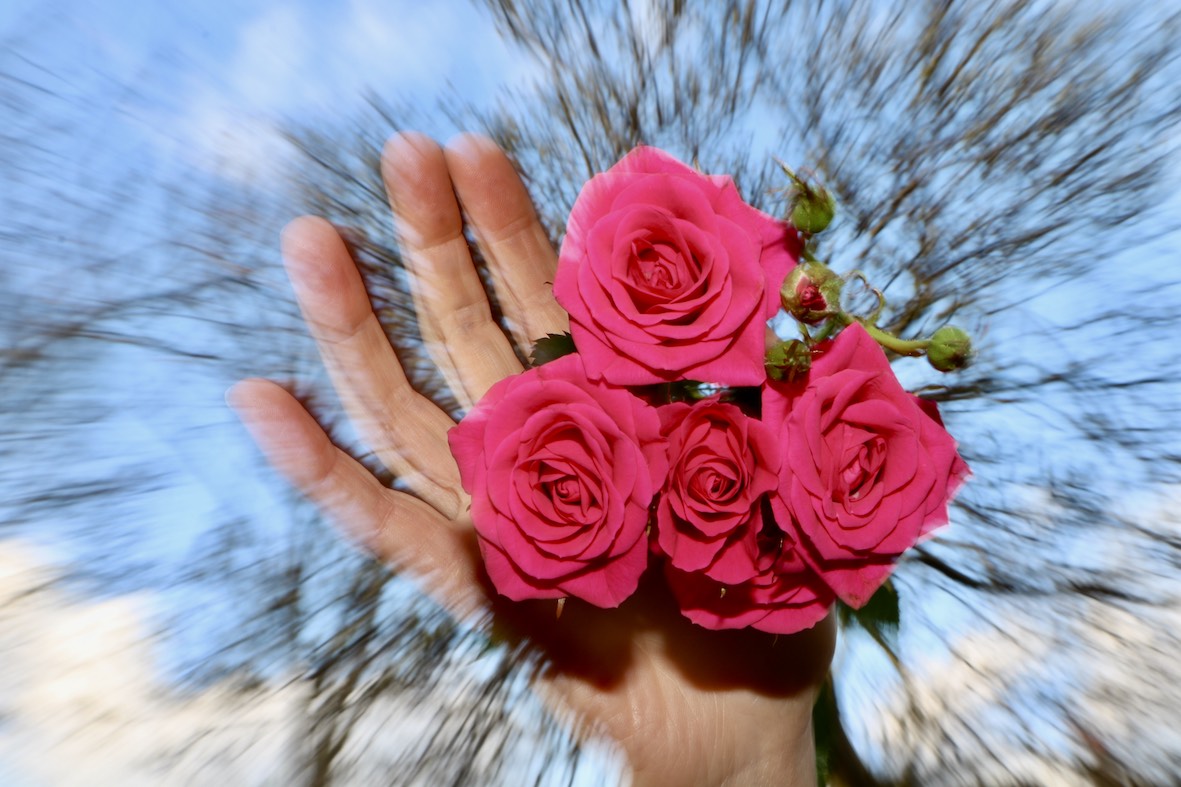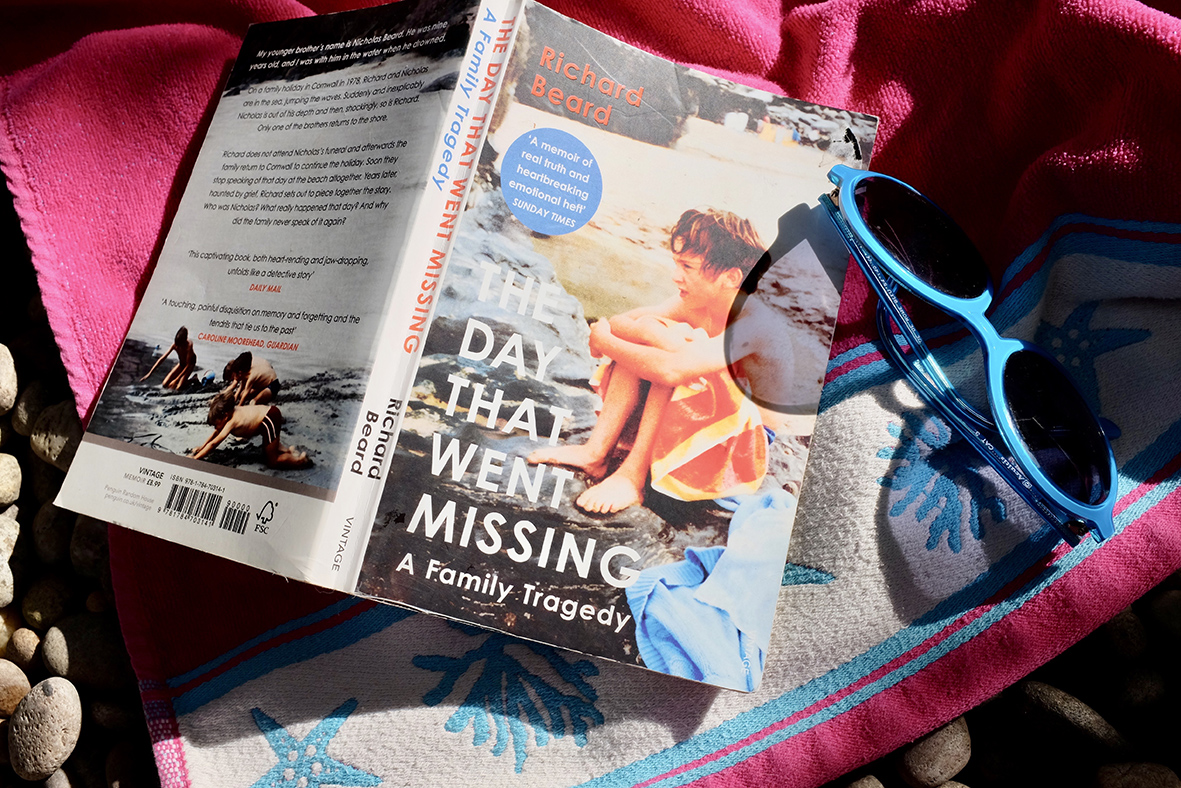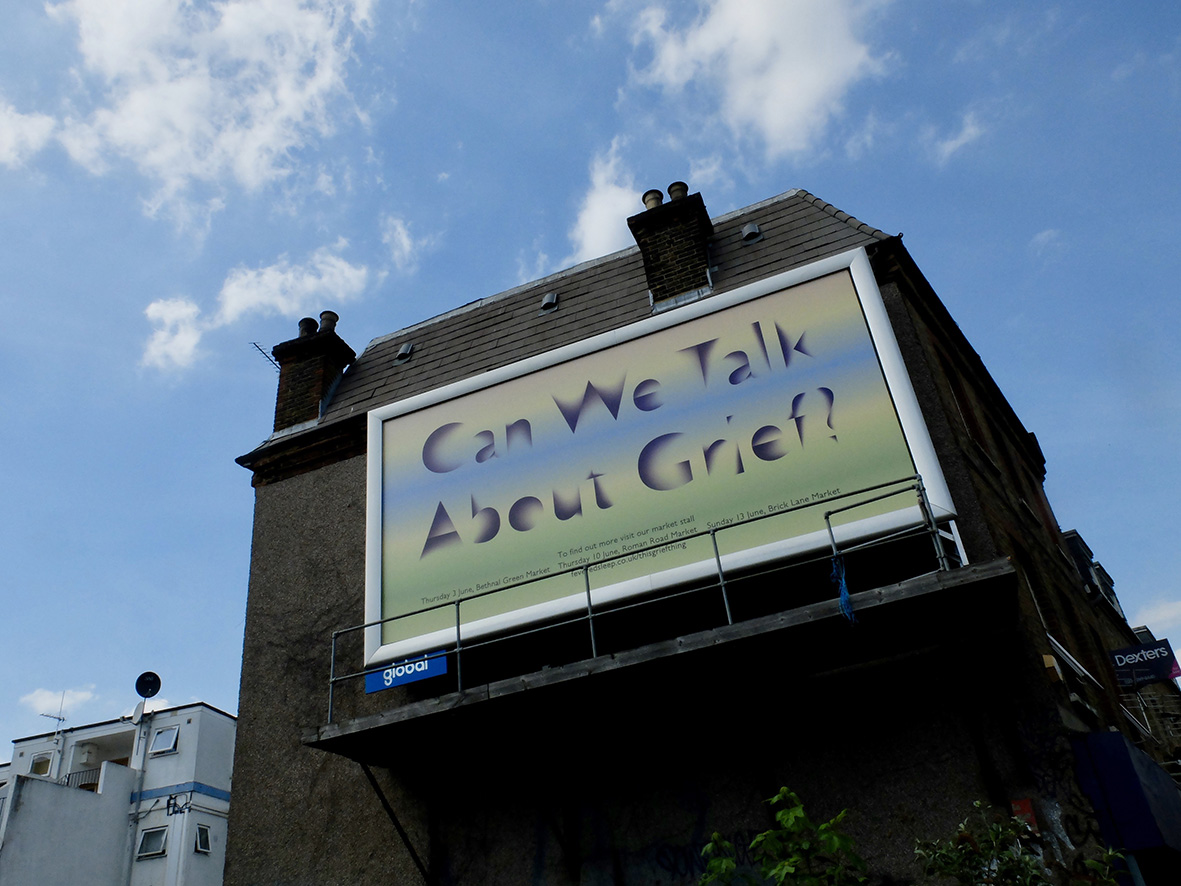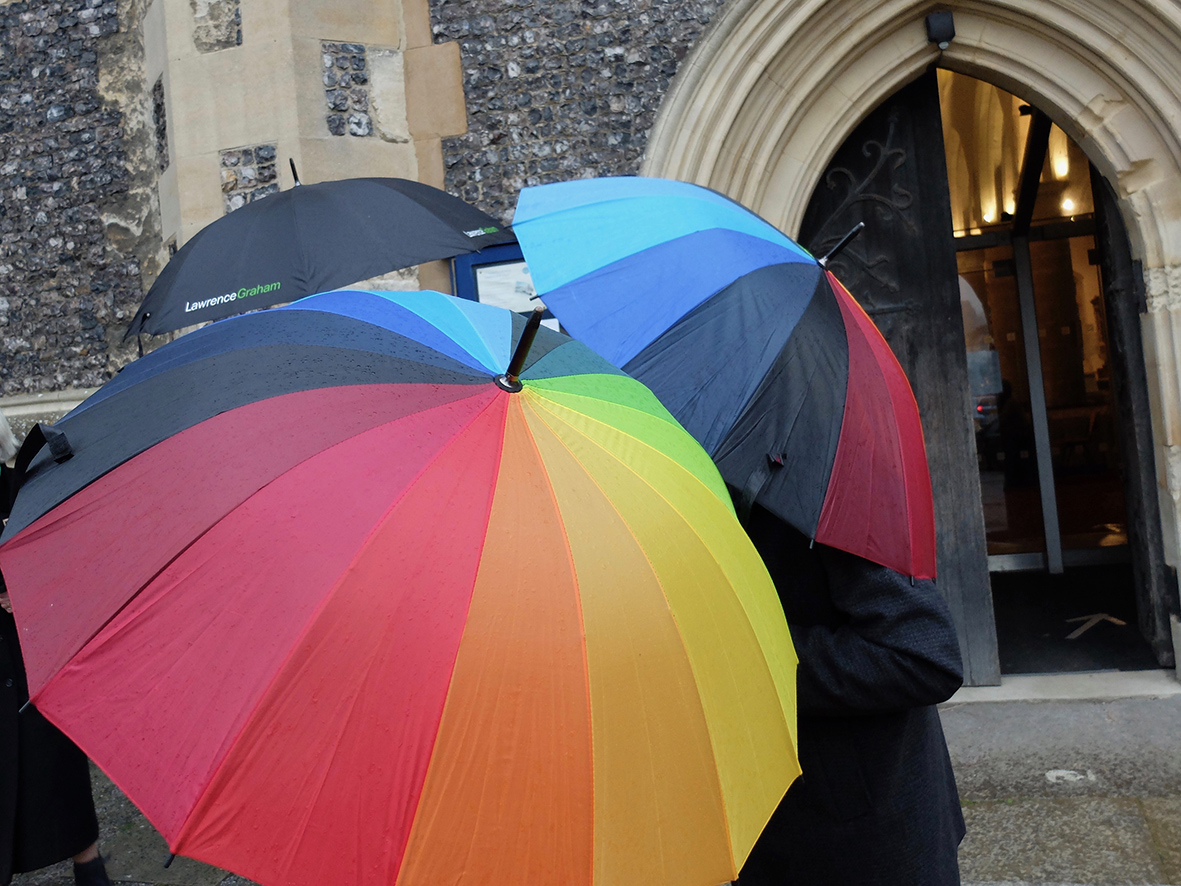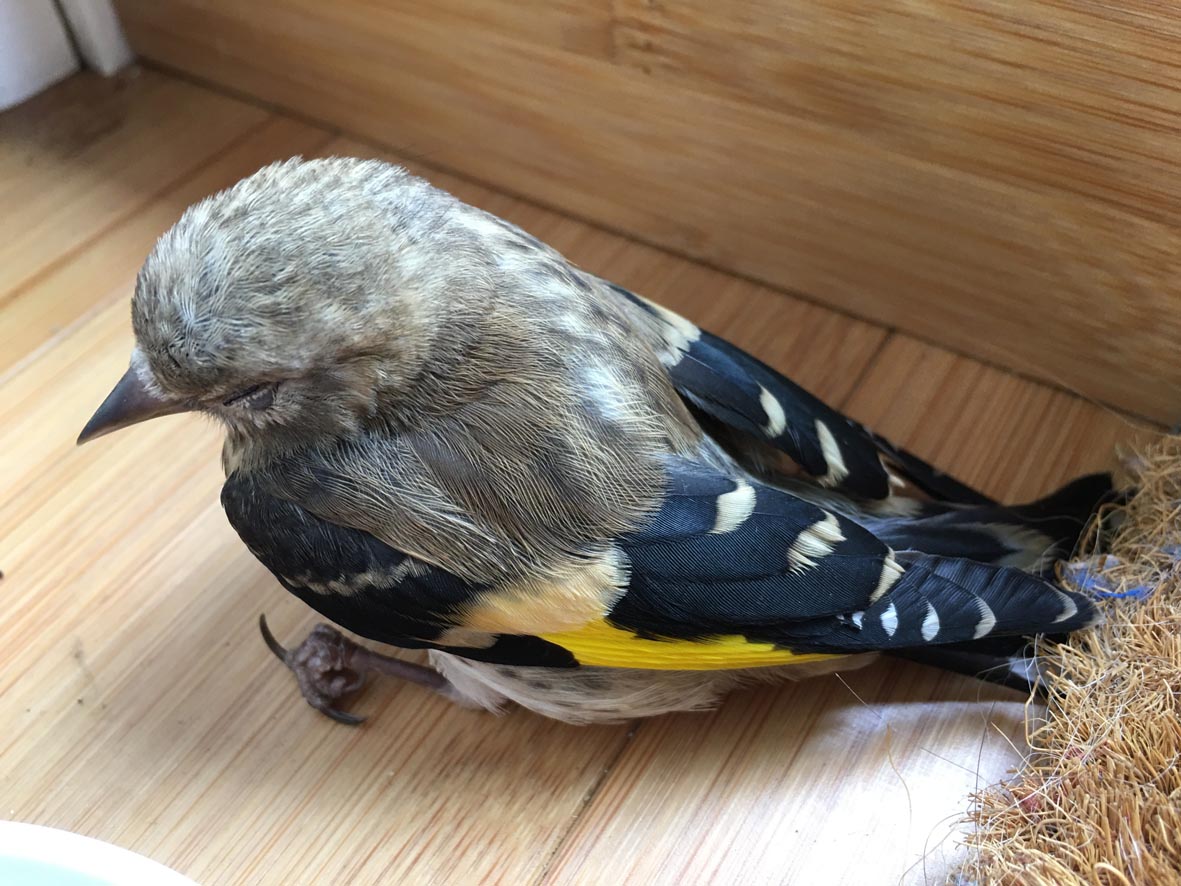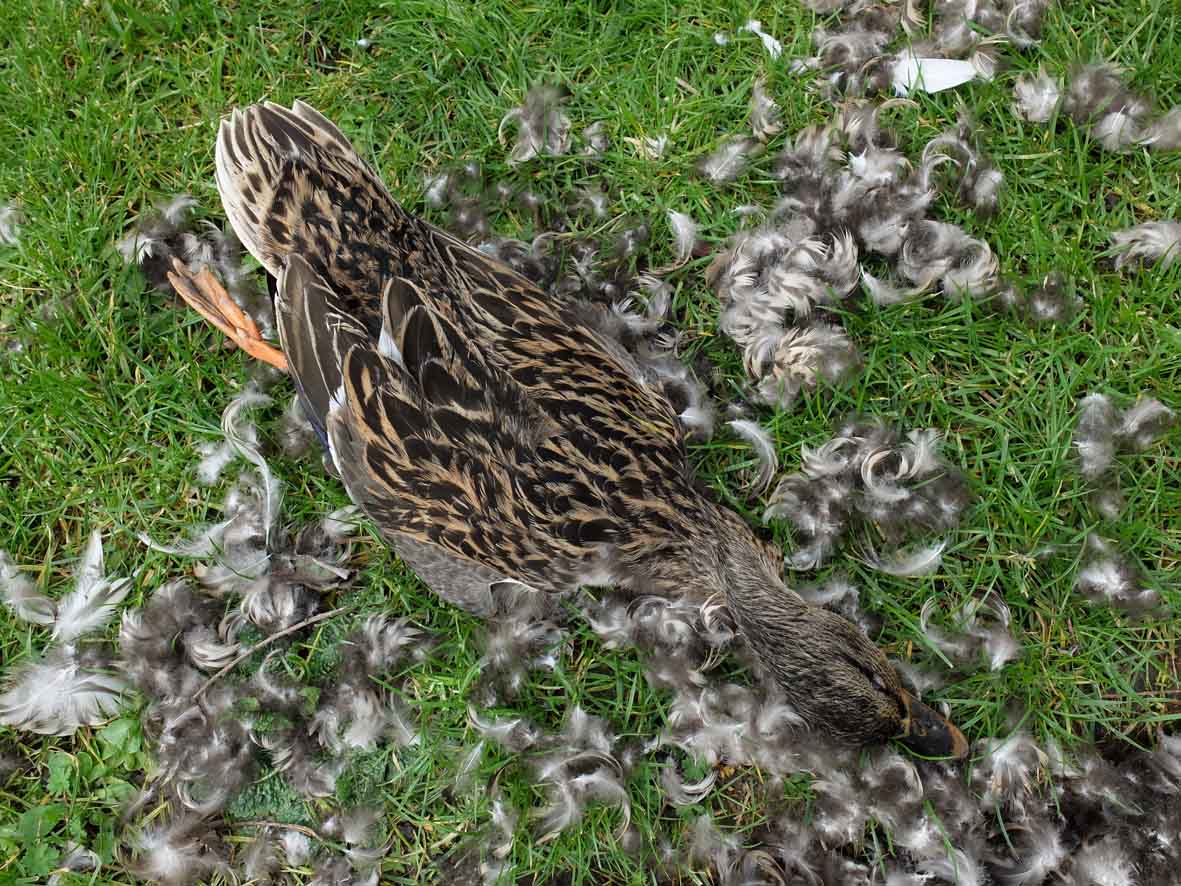20 Apr The Red of My Blood
‘The Red of My Blood: A Death and Life Story’ tells the story of the first year of grief. Clover Stroud writes about mourning the death of her sister. She captures the paradox of being both with deep feelings and the continuation of everyday family life; where children need feeding and attending to.
Clover Stroud writes her loss from the inside out. With metaphor and through her senses, we are invited into her inner world. She shows us glimpses of the pain of losing a sibling in middle age.
It is easy to misconstrue Kubler-Ross’s 5 Stages of Grief (plus Kessler’s = 6) as following each in neat order, but Stroud reminds us: “The path alongside death is crooked, remember. There are no consequential stages which happen one after the other, neatly, like dominoes falling.”
I love the permission that Stroud’s memoir gives to recognise the depth of love that mirrors the loss, in relationship with her sister. The death of a partner or child is seen as very significant, but grief follows in the wake of the death of anyone we love, as well as an infinite range of other life situations. “The truth is that the death and therefore loss of someone you love deeply is so awful you have to rearrange your brain dramatically to survive it.”
Writing during 2020, the pandemic adds an additional layer, as Stroud describes collective loss through lens of home schooling and changes in meeting with friends.
Describing grief as an “active verb”, Clover allows us into her own process. She sometimes faces towards the inevitability of death, and also the desire to escape from the reality that “none of us are getting out of here alive,” (to quote Nanea Hoffman via Stroud).
For me, through reading and feeling alongside the hurt of grief allows me to practice stretching my heart muscles. If you are currently inside your own experience of deep grief, Clover Stroud’s beautiful words may be able to reach out to tenderly hold your hand in recognition. She tells of her rituals and strategies, that allow her to begin to alchemise pain when it feels impossible. “The shrine of hard little objects were things to clasp, when the caverns of loss opened up and life felt as if it was sliding out of reach.”
Follow link for next Grief Tending events.
Sarah Pletts is a Grief Tender and Artist who offers workshops in London and online, sharing rituals where grief on all themes is welcome. For more information about Grief Tending events see here.




